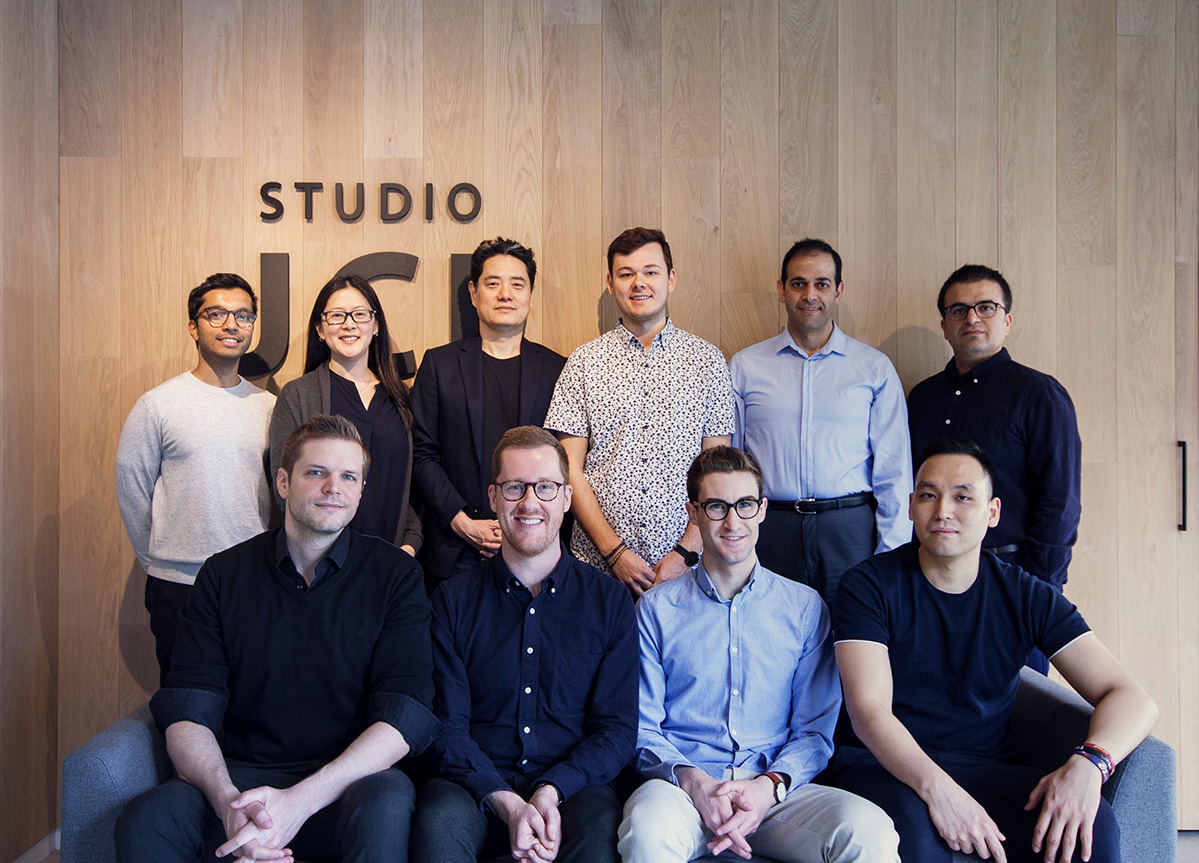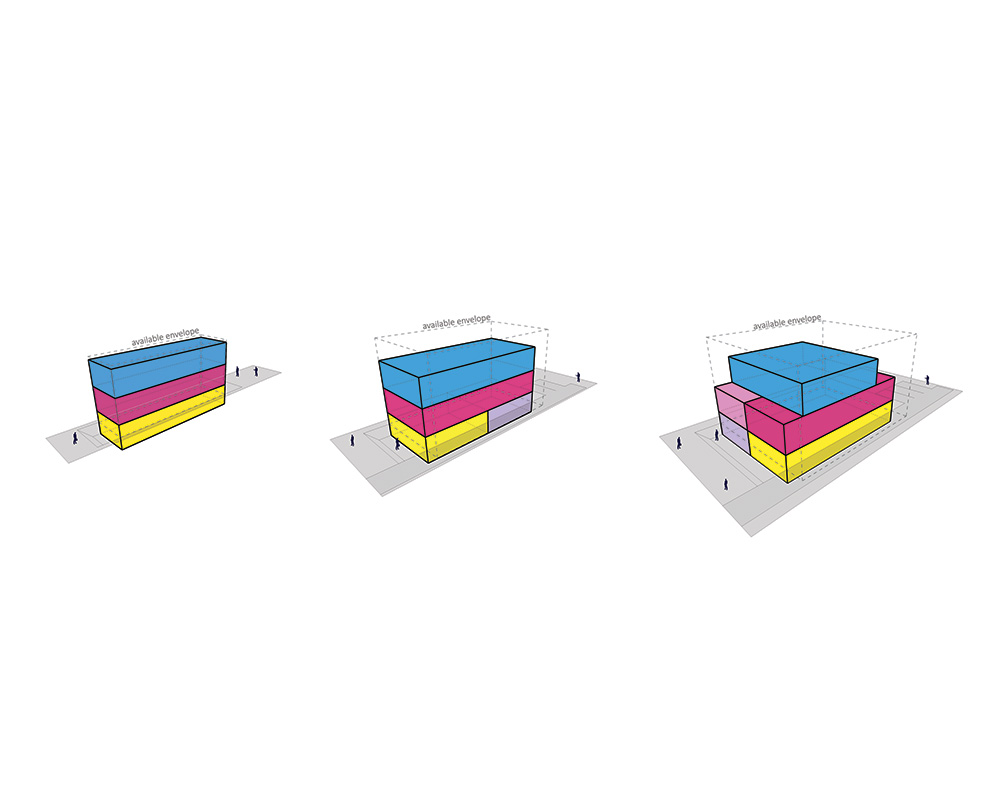
Multi-Tach: Addressing Housing Infrastructure
Selected Project
Multi-Tach: Addressing Housing Infrastructure

Jaegap Chung, Sue Jean Chung, Derek McCallum, Sudipto Sengupta, Hesam Rostami, Hamid Imami, Robin McKenna, Matthew McKenna and David Kotewicz | Studio JCI Inc.
In rapidly densifying cities, access to a variety of affordable housing types is becoming a core infrastructural issue. In Toronto, the supply of new units is limited to already dense nodes and avenues, often in high-rise towers. In contrast, the “Yellowbelt” is a swath of land that covers much of the city where zoning and planning policy restrict new housing to low-density, single-family detached homes. A few simple modifications to existing zoning definitions would allow modest densification in these areas without greatly affecting the exterior character and fabric of the neighbourhood.
Multi-tach is a multi-family, detached building containing three to five condominium units that complies to all existing height and setback limits. Introducing this type of development to neighbourhoods alongside single-occupancy homes efficiently addresses the housing supply problem. These are faster and cheaper to build than typical multi-unit developments, capable of reaching the market in one to two years compared to five to seven years required by high-rises.

The various sizes and prices of individual units will encourage greater diversity in traditionally desirable neighbourhoods while providing home ownership opportunities to demographics currently priced out of the housing market. Implementation of this concept would connect greater population density to existing local businesses and underutilized city services like transit and schools. While high-density development is straining municipal infrastructure, multi-tach offers opportunities for shared sustainable energy and servicing strategies. This minor tweak in zoning and planning definitions creates an equitable and sustainable template to address Toronto’s housing supply issue.
Jury Comments
“This pragmatic insight addresses the challenging context of creating more affordable housing while respecting existing typology of mass and form.”
“Re-examining zoning in this way legitimizes the infill development that we need, and may already be happening, in a way that is respectful and innovative while addressing the challenging environment of density, infill and housing in a smart way.”
“There is a clear statement of the problem, and the solution shows the resources and methodology to solve it. It cuts out the extremes of overdevelopment and focuses on private-sector innovation to work with the sunk capital in existing communities, such as schools and transit.”
